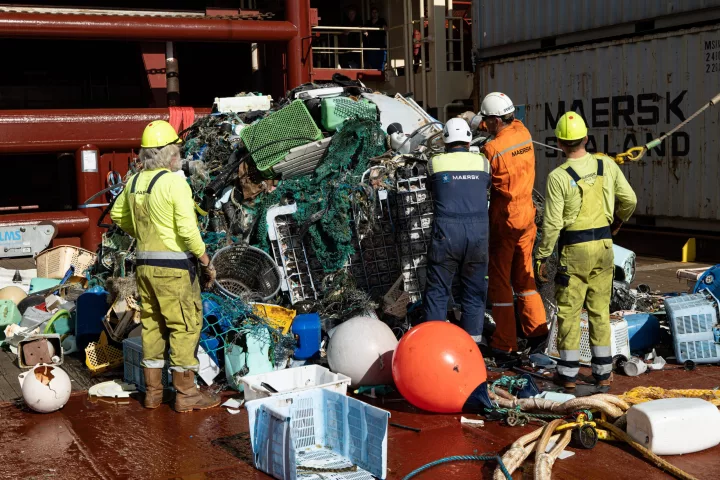Ocean Cleanup project
-
The Ocean Cleanup (TOC) project has announced the timeline and cost it would take to get the Great Pacific Garbage Patch cleaned up once and for all, using existing technology – 10 years and 7.5 billion US dollars. And it could be even cheaper.
-
Marine plastic waste is a huge problem, but the Ocean Cleanup has been taking a bite out of floating trash in oceans and rivers for the last few years. Now Coldplay is about to use some of that waste for a limited edition of its forthcoming album.
-
The Ocean Cleanup has announced a second Indonesian river trash removal mission. The solar-powered Interceptor 020 will prevent around 1,000 tons of plastic waste flowing into the Java Sea each year from the Cisadane River.
-
URB has unveiled the "world’s largest ocean restoration project" on the Dubai coast, the stunning and sustainable Dubai Reefs. The floating community is intended to be the center of marine research, eco-regeneration and eco-tourism worldwide.
-
The Ocean Cleanup has a huge task on its hands in ridding the seas of plastic waste, but a new video offers a compelling look at its latest plan of attack, portraying massive trash-collection barriers sweeping through the seas with great efficiency.
-
Marine plastic pollution is a big problem, as exemplified by the Great Pacific Garbage Patch. According to a study conducted by the Ocean Cleanup project and Wageningen University, most of the plastic in that patch comes from the fishing industry.
-
With the amount of plastic swirling around in the ocean, wouldn't it be handy if the boats cleaning it up could use the trash to fuel their own operations? A new study has crunched the numbers and suggests such an approach may be feasible.
-
Having only just returned from a trial campaign that yielded massive hauls of plastic waste, the Ocean Cleanup Project is now moving beyond testing and kicking off its first operational mission, while outlining plans for a much larger system.
-
Back in August, the Ocean Cleanup Project returned to the waters of the Great Pacific Garbage Patch with a redesigned trash-collecting system that was its largest yet, and it has just reigned in a "massive" haul of plastic waste.
-
The Ocean Cleanup Project has made a significant tweak to its design, switching from a passive device to one powered by active propulsion, which the team sees as a far more efficient and effective way of removing plastic waste from the ocean.
-
The Ocean Cleanup is ramping up production of its Interceptor plastic trash removers in partnership with Konecranes, with a thousand of the world's most heavily polluting rivers in its sights.
-
As part of its mission to tackle plastic pollution in the marine environment, The Ocean Cleanup project plans to sell goods made from the waste it recovers to fund its ongoing operations, and has just unveiled its very first product.
Load More











